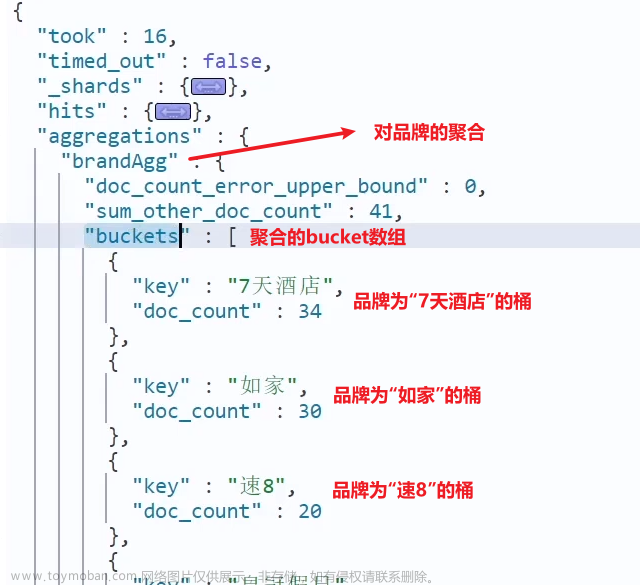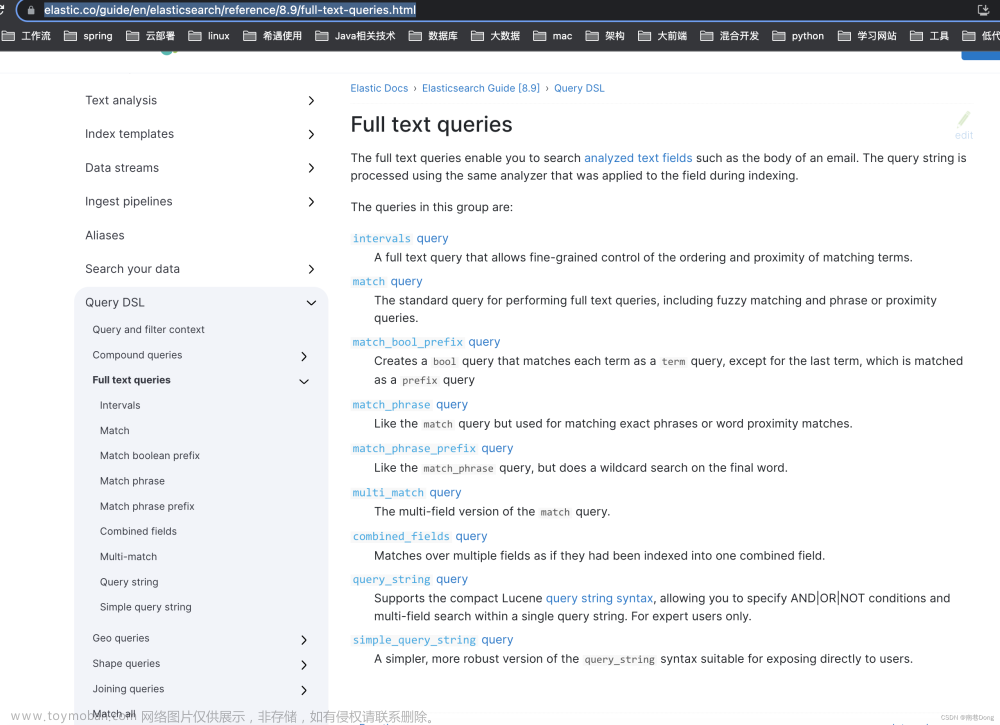1.背景介绍
自定义分词器:ElasticSearch自定义分词器
1. 背景介绍
ElasticSearch是一个开源的搜索和分析引擎,它提供了实时的、可扩展的、高性能的搜索功能。ElasticSearch使用Lucene库作为底层搜索引擎,它提供了强大的文本分析和搜索功能。在ElasticSearch中,分词器是将文本拆分为单词的过程,它是搜索和分析的基础。
自定义分词器是ElasticSearch中的一种高级功能,它允许用户根据自己的需求来定制分词规则。自定义分词器可以帮助用户更好地处理特定类型的文本数据,例如中文、日文、韩文等。
2. 核心概念与联系
在ElasticSearch中,分词器是将文本拆分为单词的过程,它是搜索和分析的基础。自定义分词器是ElasticSearch中的一种高级功能,它允许用户根据自己的需求来定制分词规则。自定义分词器可以帮助用户更好地处理特定类型的文本数据,例如中文、日文、韩文等。
3. 核心算法原理和具体操作步骤以及数学模型公式详细讲解
自定义分词器的核心算法原理是基于Lucene库的分词器实现的。Lucene库提供了多种内置的分词器,例如StandardAnalyzer、WhitespaceAnalyzer、PatternAnalyzer等。用户可以根据自己的需求来选择或者修改内置的分词器,或者完全自定义一个新的分词器。
自定义分词器的具体操作步骤如下:
- 创建一个自定义分词器类,继承自Lucene库中的分词器接口。
- 重写分词器接口中的核心方法,例如
tokenize、filter等。 - 在自定义分词器类中实现自己的分词规则,例如使用正则表达式、字典等来拆分文本。
- 在ElasticSearch中注册自定义分词器,并在索引设置中使用自定义分词器。
数学模型公式详细讲解:
自定义分词器的核心算法原理是基于Lucene库的分词器实现的,因此不存在具体的数学模型公式。但是,在实现自定义分词器时,可能需要使用正则表达式、字典等来拆分文本,这些方法可能涉及到一定的数学模型。
4. 具体最佳实践:代码实例和详细解释说明
以下是一个简单的自定义分词器的代码实例:
```java import org.apache.lucene.analysis.Analyzer; import org.apache.lucene.analysis.TokenStream; import org.apache.lucene.analysis.tokenattributes.CharTermAttribute; import org.apache.lucene.analysis.standard.StandardAnalyzer; import org.apache.lucene.analysis.tokenattributes.OffsetAttribute; import org.apache.lucene.util.Version;
import java.io.IOException; import java.io.StringReader;
public class CustomAnalyzer extends Analyzer {
@Override
protected TokenStream normalize(String fieldName, String text) throws IOException {
StringReader reader = new StringReader(text);
return new CustomTokenizer(reader);
}
private class CustomTokenizer extends TokenStream {
private CharTermAttribute termAttribute;
private OffsetAttribute offsetAttribute;
public CustomTokenizer(StringReader reader) throws IOException {
super(reader);
termAttribute = addAttribute(CharTermAttribute.class);
offsetAttribute = addAttribute(OffsetAttribute.class);
}
@Override
public void reset() throws IOException {
super.reset();
}
@Override
public boolean incrementToken() throws IOException {
return super.incrementToken();
}
@Override
public String getText() {
return termAttribute.toString();
}
@Override
public int getStartOffset() {
return offsetAttribute.startOffset();
}
@Override
public int getEndOffset() {
return offsetAttribute.endOffset();
}
}} ```
在ElasticSearch中注册自定义分词器:
json PUT /my_index { "settings": { "analysis": { "analyzer": { "my_custom_analyzer": { "type": "custom", "tokenizer": "my_custom_tokenizer" } }, "tokenizer": { "my_custom_tokenizer": { "type": "my_custom_tokenizer_type" } } } } }
在索引设置中使用自定义分词器:
json PUT /my_index/_doc/1 { "my_custom_field": { "value": "我的分词器是自定义的" } }
5. 实际应用场景
自定义分词器的实际应用场景包括:
- 处理特定类型的文本数据,例如中文、日文、韩文等。
- 根据自己的需求来定制分词规则,例如使用正则表达式、字典等来拆分文本。
- 在ElasticSearch中进行高效的搜索和分析。
6. 工具和资源推荐
- Lucene官方文档:https://lucene.apache.org/core/
- ElasticSearch官方文档:https://www.elastic.co/guide/index.html
- 中文Lucene文档:http://lucene.apache.org/zh/
7. 总结:未来发展趋势与挑战
自定义分词器是ElasticSearch中的一种高级功能,它允许用户根据自己的需求来定制分词规则。自定义分词器可以帮助用户更好地处理特定类型的文本数据,例如中文、日文、韩文等。自定义分词器的实际应用场景包括处理特定类型的文本数据、根据自己的需求来定制分词规则、在ElasticSearch中进行高效的搜索和分析等。
未来发展趋势:
- 随着自然语言处理技术的发展,自定义分词器可能会更加智能化,能够更好地处理复杂的文本数据。
- 随着ElasticSearch的不断发展,自定义分词器的功能和性能也会得到不断的优化和提升。
挑战:
- 自定义分词器的实现需要掌握Lucene库的分词器接口和方法,这需要一定的技术难度。
- 自定义分词器需要根据自己的需求来定制分词规则,这需要对特定类型的文本数据有深入的了解。
8. 附录:常见问题与解答
Q:自定义分词器需要掌握哪些技术?文章来源:https://www.toymoban.com/news/detail-830429.html
A:自定义分词器需要掌握Lucene库的分词器接口和方法,以及对特定类型的文本数据有深入的了解。文章来源地址https://www.toymoban.com/news/detail-830429.html
到了这里,关于自定义分词器:ElasticSearch自定义分词器的文章就介绍完了。如果您还想了解更多内容,请在右上角搜索TOY模板网以前的文章或继续浏览下面的相关文章,希望大家以后多多支持TOY模板网!













